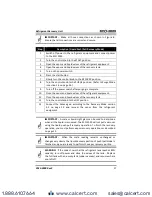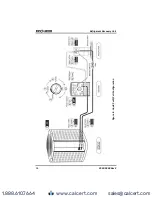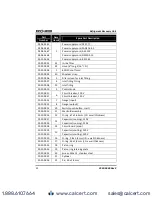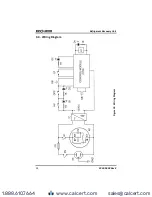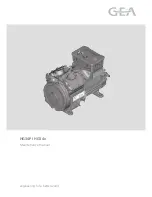
Refrigerant Recovery Unit
2020-9000 Rev 0
19
2.8. Recovery Tips
•
Use the shortest hoses possible. Long hoses increase the recovery time.
Remove all restrictions in the hoses. Hoses with ball valves at the ends are
better than hoses that are self-sealing.
•
When possible, temporarily remove Shrader core valves (if used) from the
service ports prior to the recovery process, as these valves significantly
restrict recovery flow and extend recovery time. Be sure to use a Shrader
core remover/installer tool (designed for use in pressurized systems) to
prevent the illegal loss of refrigerant into the atmosphere.
•
Always identify the refrigerant you are recovering. This will minimize cross
contamination and help you plan for the amount of refrigerant you will be
recovering.
•
Pump liquid out of the system first, and then recover the remaining vapors.
This will significantly speed up recovery rates.
•
With large amounts of refrigerant, use the liquid push-pull recovery
method. This method is faster than recovering liquid directly. Refer to the
liquid push-pull instructions.
•
When possible, recover from both the high and low side service ports on
the refrigeration system. This will speed up the recovery rate.
•
Use an in-line filter (P/N 2020-0001) to prevent contaminants from
entering the ECO-2020.
•
The use of connection hoses with ball valves can help to minimize
refrigerant loss.
NOTE:
Using a manifold gauge set is not required.
2.9. Resuming an Interrupted Recovery
Step
Description (Resuming an Interrupted Recovery)
1
Resolve the issue that caused the interruption (e.g., breaker, high
pressure switch, loss of power, etc.).
2
Turn the control knob to the START position.
3
Press the START button.
4
Slowly rotate the control knob to the RECOVERY position to resume
recovery.
www.calcert.com
1.888.610.7664
0
5
10
15
20
25
30













